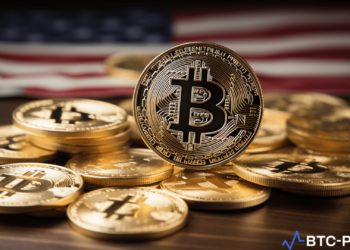On the 21st of September, MacroAlf, via Twitter, looked at some interesting nuances and market implications following the recent FED policymakers’ meeting. One interesting aspect is the expectation of inflation to drop in-between 4.5% and 5%. Using the dot plot, twelve out of the nineteen participants in the meeting expect funds to be at that level in 15 months.
Jerome Powell, the 16th chair of the Federal Reserve, has stated that they will keep working hard to reduce inflation to 2%.
In its bid to reduce inflation, the Federal Reserve has been raising interest rates. It has been hiked up five times this year, with another hike expected to come towards the end of this year. The increase in interest rates leads to a ripple effect across all financial platforms. Similarly, to avoid a large margin of loss, these platforms hike up their rates.
This increase in interest/borrowing rates translates into lower wage growth, less spending, and lower prices. The Fed’s rate changes swiftly reduce demand by making borrowing money more expensive. People hesitate to do these things as the cost of purchasing a home, an automobile, or growing a business rises. Price increases can be moderated since fewer people and businesses are vying for the limited supply of goods and services.
While these methods might slowly but effectively bring down inflation, the process could prove difficult for people. Restoring economic equilibrium might necessitate a significant drop in demand. It becomes hard to improve their wages, cover expenses, and increase labour costs. A recession that leaves people jobless and households with decreased earnings could be sparked by a significant economic slowdown.
Jerome Powell acknowledged the negative effects of increasing interest rates on families but added that it was a necessary step to help them in the long run.










